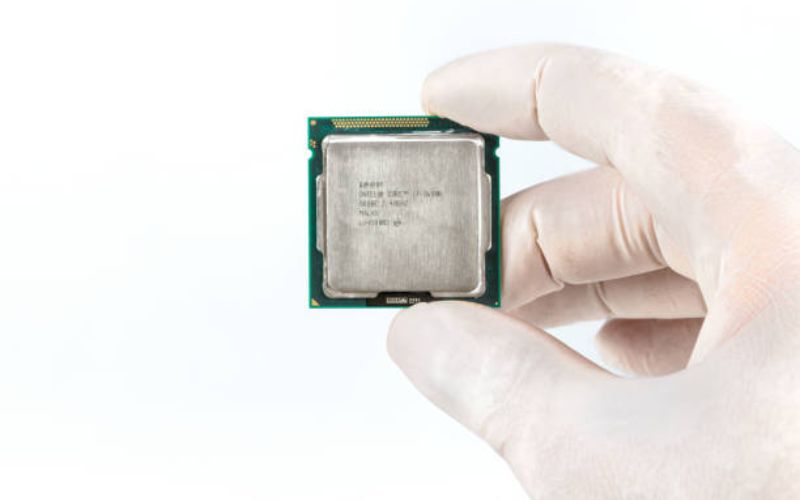Effective Heat Dissipation
A heatsink is an essential component in electronic devices to ensure effective heat dissipation. It is designed to absorb and disperse heat generated by electronic components to prevent overheating.
Material Selection
The material of a heatsink plays a crucial role in its effectiveness. Materials with high thermal conductivity, such as aluminum or copper, are commonly used for heatsinks to efficiently transfer heat away from the electronic components.
Size and Shape
The size and shape of a heatsink are important considerations when designing for a specific electronic device. Larger heatsinks with more surface area can dissipate heat more effectively, while the shape of the heatsink can impact airflow and cooling efficiency.
Fan or No Fan
Depending on the heat dissipation requirements, a heatsink may be designed with or without a fan. Heatsinks with fans, known as active heatsinks, provide additional cooling power, while passive heatsinks rely on natural convection for heat dissipation.
Mounting Mechanism
The mounting mechanism of a heatsink is crucial for ensuring proper contact with the electronic component. It should have secure mounting hardware to maintain good thermal contact and prevent thermal resistance.
Thermal Interface Material
A thermal interface material, such as thermal paste or pad, is used to fill air gaps between the heatsink and the electronic component. This material helps improve heat transfer efficiency by eliminating air pockets that can hinder thermal conductivity.
Compatibility with Components
When selecting a heatsink, it is important to consider compatibility with the specific electronic components it will be cooling. The heatsink should be designed to fit the size, shape, and thermal requirements of the components to ensure optimal performance.
Environmental Factors
Environmental factors such as ambient temperature and airflow also play a role in the effectiveness of a heatsink. It is important to consider these factors when designing or choosing a heatsink for a specific application.
Cost and Budget
Cost is another important consideration when selecting a heatsink for electronic devices. Different materials, sizes, and designs of heatsinks can vary in cost, so it is important to balance performance requirements with budget constraints.
Testing and Quality Assurance
Before integrating a heatsink into an electronic device, it is crucial to test its performance and ensure that it meets the heat dissipation requirements. Quality assurance processes should be in place to guarantee the reliability and effectiveness of the heatsink.
Quote Inquiry
Contact us!

